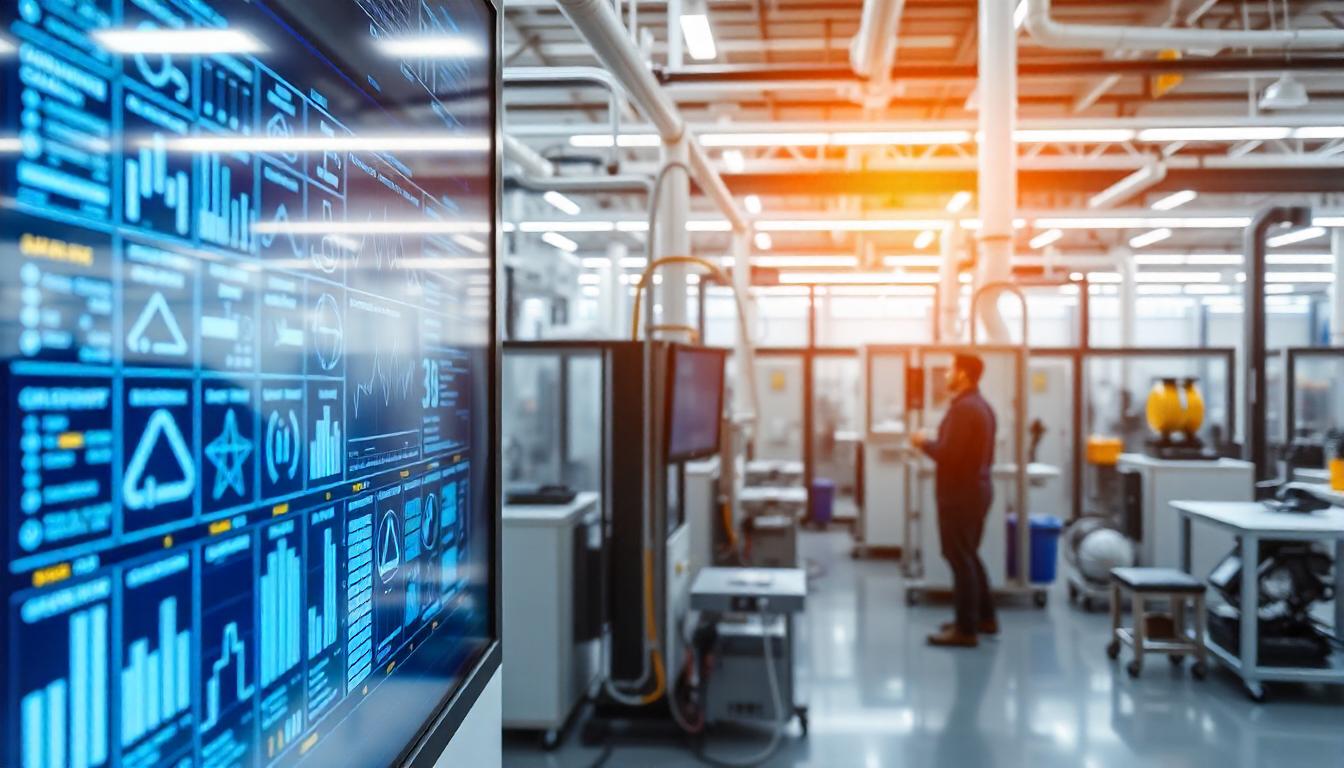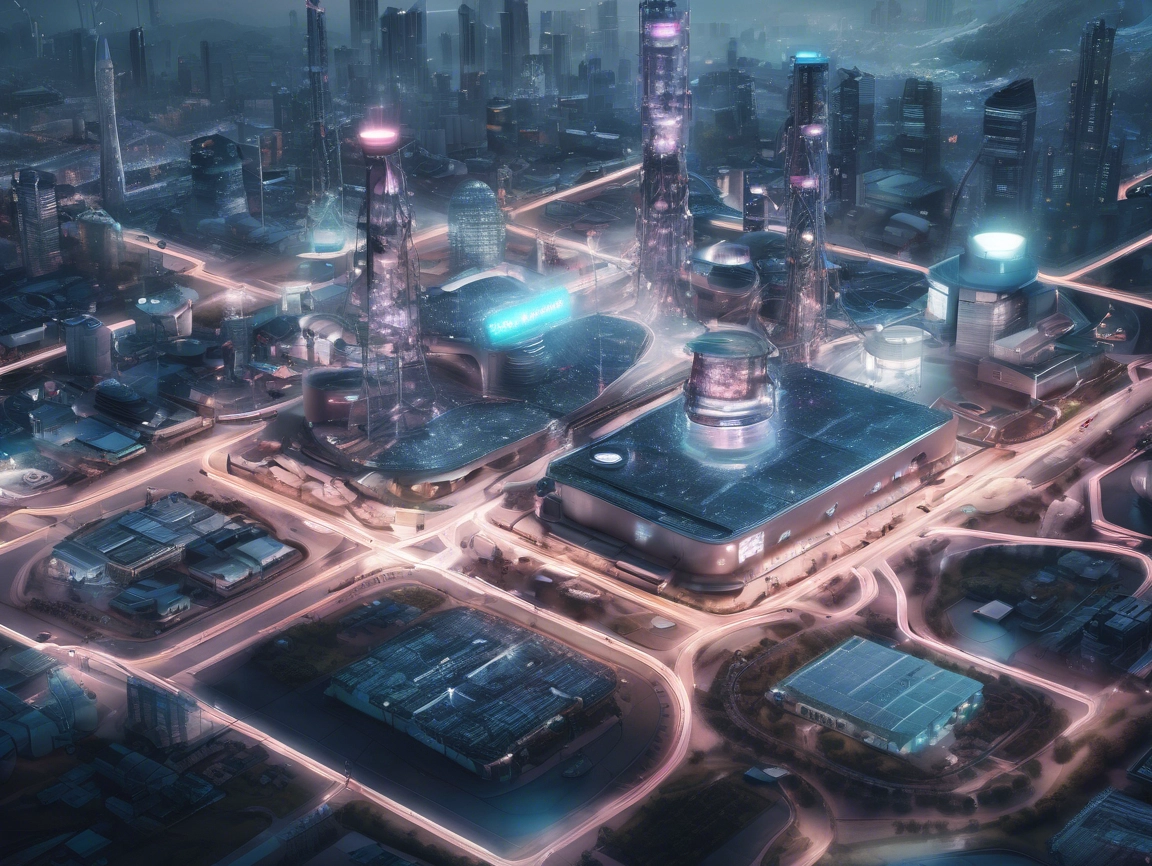
Smart Factories, Smarter Growth: The Digital Transformation of South Korean Manufacturing
In the fast-paced world of global manufacturing, South Korea is emerging as a leader in the shift toward digital transformation. Known for its strong electronics, automotive, and shipbuilding sectors, South Korea is embracing smart factories—highly automated production environments driven by cutting-edge technology such as artificial intelligence (AI), the Internet of Things (IoT), robotics, and 5G. As the country transitions into this new era, the integration of these technologies promises to reshape its industrial landscape, delivering higher efficiency, sustainability, and competitiveness on a global scale.
The Rise of Smart Factories in South Korea
The South Korean government has been proactive in fostering the development of smart factories as part of its Manufacturing Innovation Strategy 3.0 and K-Smart Factory Initiative, which were launched in 2014. These initiatives aim to modernize production lines, improve supply chain management, and make industries more resilient in the face of global challenges, such as labor shortages and the COVID-19 pandemic.
By 2021, South Korea had established over 30,000 smart factories, and the government has committed to scaling this number up to 100,000 by 2030, providing subsidies and training programs to small and medium-sized enterprises (SMEs) to encourage adoption of smart manufacturing technologies.
Core Technologies Behind the Transformation
AI and Robotics: Revolutionizing Production Lines
Artificial intelligence and robotics have become critical components of South Korea’s smart factories. These technologies allow machines to process vast amounts of data in real time, optimizing operations and reducing downtime. Robots, equipped with AI, can identify and correct defects during production, improving quality control and minimizing waste.
According to Dr. Jae-Hoon Kim, a robotics expert at KAIST, “AI-powered robotics in South Korean smart factories have revolutionized production efficiency by handling repetitive tasks, allowing human workers to focus on more complex problem-solving.”
IoT and Big Data: Enabling Predictive Maintenance
The Internet of Things (IoT) allows machines, sensors, and systems to communicate seamlessly, generating real-time data that is vital for optimizing production. In South Korea, IoT technology is extensively used to track machinery performance and enable predictive maintenance, preventing costly breakdowns. Big data analytics, in combination with IoT, provides insights into market demands and supply chain dynamics, enabling manufacturers to make data-driven decisions.
The Role of 5G in Smart Factories
South Korea’s advanced 5G infrastructure is a key enabler of the smart factory revolution. With its ultra-low latency and high data transfer speeds, 5G allows factories to connect large numbers of IoT devices and robots, enabling faster communication and more efficient operations. It is particularly crucial in sectors like automotive manufacturing, where precision and speed are critical.
“5G technology is the backbone of smart factories, providing the connectivity required to handle massive data volumes and ensuring real-time communication across all systems,” said Lee Jong-Won, CTO at SK Telecom.
Government Support and Public-Private Partnerships
The South Korean government has invested heavily in creating a supportive ecosystem for smart factories, providing tax incentives and subsidies for companies transitioning to digital operations. Collaborations between the government, academic institutions, and industry leaders such as Samsung, Hyundai, and LG have further accelerated this transformation.
The Korean Smart Manufacturing Forum brings together businesses and research institutions to develop cutting-edge smart factory solutions. This public-private partnership model ensures that South Korean industries remain competitive globally while keeping pace with rapid technological advancements.
Economic and Environmental Impact
Boosting Efficiency and Reducing Costs
Smart factories are driving significant economic benefits for South Korea. By automating routine tasks and using AI to manage production schedules, factories can operate around the clock with minimal human intervention. This not only increases productivity but also reduces operational costs, allowing companies to stay competitive in global markets.
Sustainability and Carbon Reduction
Smart factories are also helping South Korea achieve its sustainability goals. By using energy-efficient technologies and optimizing resource usage, these factories are reducing their environmental impact. AI systems help in minimizing waste during production, while IoT-driven energy management ensures optimal power consumption.
Challenges to Overcome
While South Korea has made impressive strides in smart factory adoption, several challenges remain. Many small and medium-sized businesses (SMEs) struggle to integrate these advanced technologies due to limited financial resources and technical expertise. The government is addressing this by offering financial support and specialized training programs to help SMEs bridge the digital divide.
Cybersecurity is another major concern, as interconnected systems and large data transfers increase the risk of cyberattacks. The South Korean government is working with private companies to develop robust cybersecurity frameworks to protect these digital ecosystems.
The Future of South Korean Manufacturing
South Korea’s shift toward smart factories represents a bold leap into the future of manufacturing. With advanced technologies like AI, IoT, robotics, and 5G, these factories are set to revolutionize production processes, increase efficiency, and contribute to the country’s sustainability goals. However, challenges such as cybersecurity and SME integration need to be addressed for the sector to fully realize its potential.
As smart factories continue to evolve, South Korea is likely to remain at the forefront of this digital revolution, setting a global benchmark for the manufacturing industry. This transformation holds promise not only for economic growth but also for a more sustainable and resilient industrial future.


